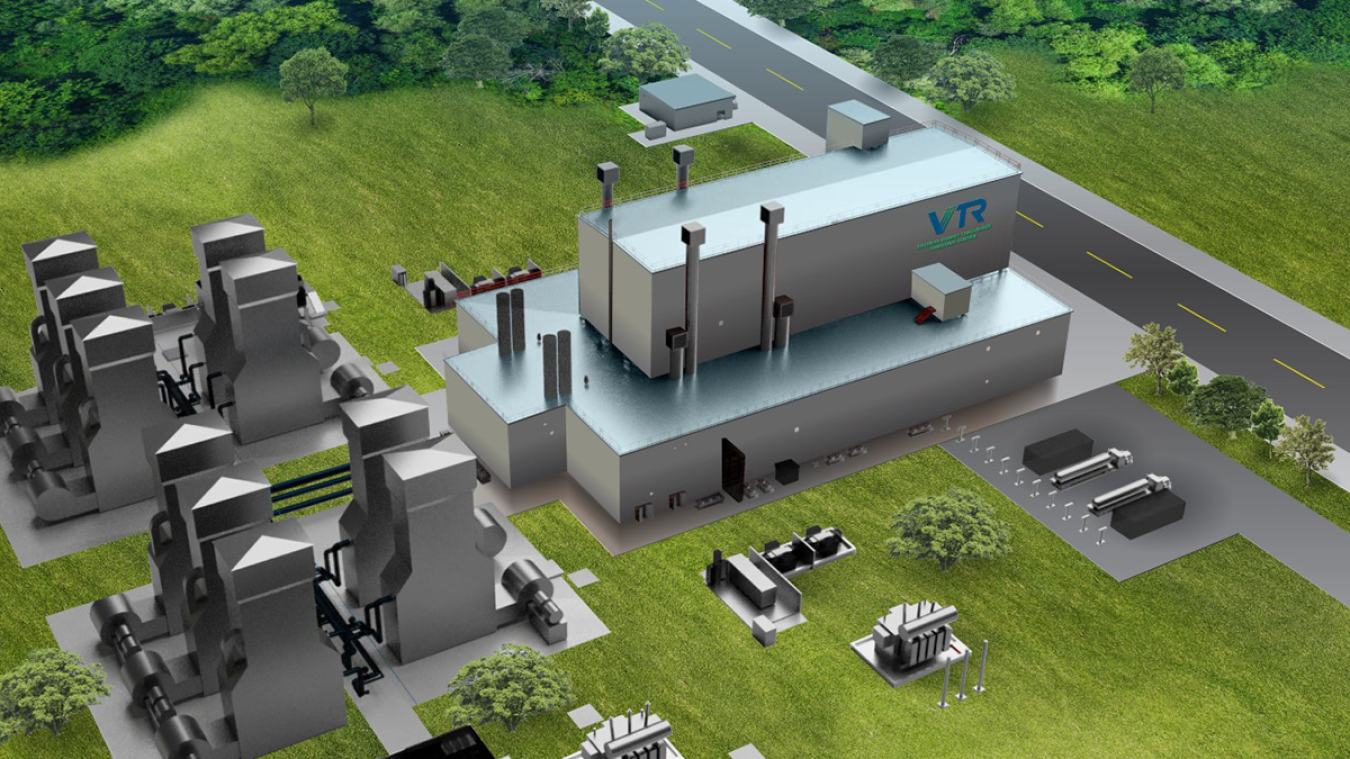 The US Department of Energy (DOE) has said it has issued a record of decision (ROD) to build a sodium-cooled fast test reactor at Idaho National Laboratory (INL). If appropriated by Congress, the Versatile Test Reactor (VTR) would be the first fast spectrum test reactor to operate in the USA in nearly three decades.
The US Department of Energy (DOE) has said it has issued a record of decision (ROD) to build a sodium-cooled fast test reactor at Idaho National Laboratory (INL). If appropriated by Congress, the Versatile Test Reactor (VTR) would be the first fast spectrum test reactor to operate in the USA in nearly three decades.
DOE said the VTR project would help modernise US nuclear energy research and development infrastructure and dramatically accelerate the technology development for current and next-generation reactors. “The US will need both existing and new advanced reactors to meet the nation’s goal of net-zero emissions by 2050.”
DOE issued the ROD to build a high-flux, fast neutron test reactor at INL, along with additional facilities for post-irradiation examination and the management of used VTR driver fuel. According to the Final VTR Environmental Impact Statement (EIS), building and operating the VTR test facility at the INL site would have minimal impacts to the environment.
“Bringing a fast neutron test source back to the U is an investment in our transition to a future carbon-free economy,” said Assistant Secretary for Nuclear Energy Dr Kathryn Huff. “Now that we have completed this important step in the decision-making process, I look forward to working with Congress to obtain the funding needed to someday make VTR a reality.”
Although Congress did not provide Fiscal Year 2022 funding for VTR, DOE has requested FY 2023 funding to help move the VTR project forward toward the design phase. DOE established the VTR programme in 2018. The team includes experts from six national laboratories, 19 universities, and nine industry partners.
“Once built, VTR will generate higher neutron fluxes to test nuclear materials up to 10 times faster than what is currently capable in the United States. This testing capability only exists in Russia today.” DOE noted. “VTR experiments would dramatically reduce the time it takes the US to develop nuclear fuels, materials, instrumentation, and sensors for nuclear reactors. This research could help extend lifetime cores, boost fuel performance, and even accelerate fusion materials research.”
DOE issued its Final VTR EIS in May 2022 as part of its formal process to manage high-capital construction projects. The Department has not decided yet whether to establish VTR driver fuel production capabilities for feedstock preparation and fuel fabrication at the INL site or the Savanah River site. Once a preferred option is identified, DOE will announce its preference in a Federal Register notice.
Image: Rendering of proposed Versatile Test Reactor (courtesy of Idaho National Laboratory)






